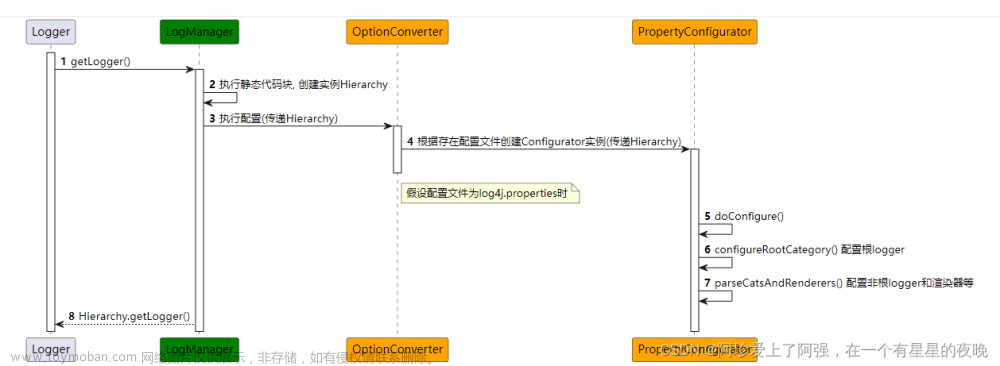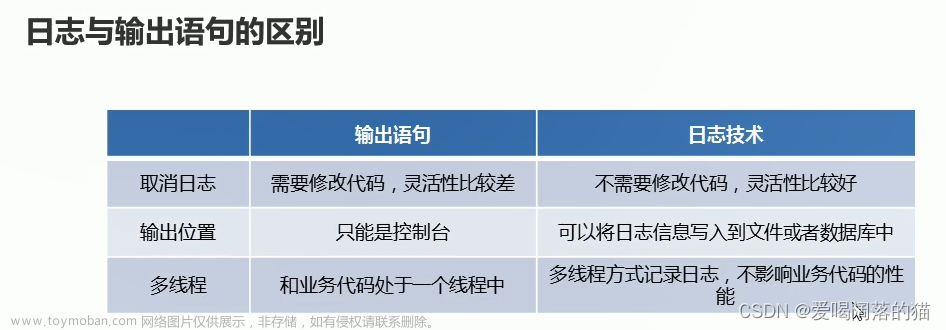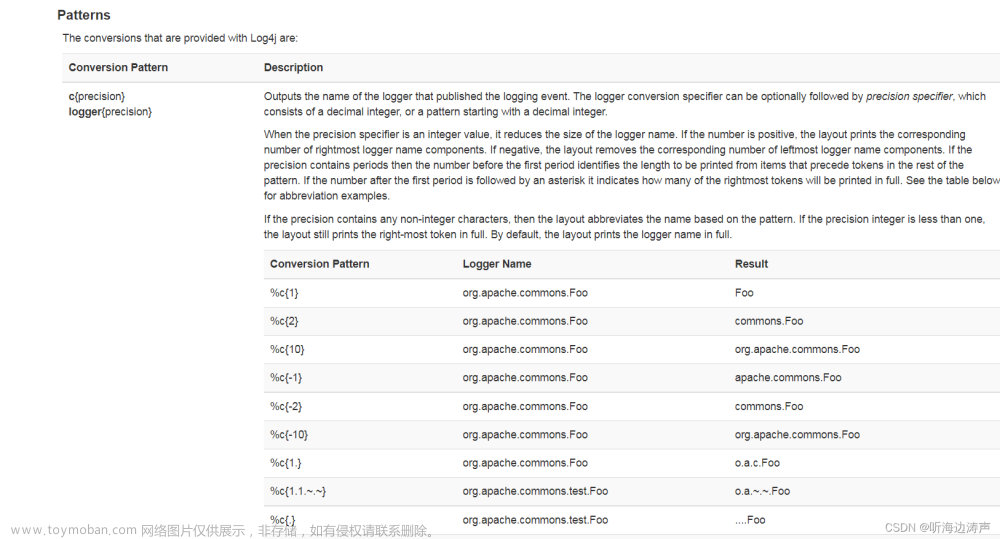GoogleTest单元测试可用实现在每个测试用例结束后监控其内存使用情况,
可以通过GoogleTest提供的事件侦听器EmptyTestEventListener 来实现,下面通过官方提供的sample例子,路径在samples文件夹下的sample10_unittest.cpp
// Copyright 2009 Google Inc. All Rights Reserved.
//
// Redistribution and use in source and binary forms, with or without
// modification, are permitted provided that the following conditions are
// met:
//
// * Redistributions of source code must retain the above copyright
// notice, this list of conditions and the following disclaimer.
// * Redistributions in binary form must reproduce the above
// copyright notice, this list of conditions and the following disclaimer
// in the documentation and/or other materials provided with the
// distribution.
// * Neither the name of Google Inc. nor the names of its
// contributors may be used to endorse or promote products derived from
// this software without specific prior written permission.
//
// THIS SOFTWARE IS PROVIDED BY THE COPYRIGHT HOLDERS AND CONTRIBUTORS
// "AS IS" AND ANY EXPRESS OR IMPLIED WARRANTIES, INCLUDING, BUT NOT
// LIMITED TO, THE IMPLIED WARRANTIES OF MERCHANTABILITY AND FITNESS FOR
// A PARTICULAR PURPOSE ARE DISCLAIMED. IN NO EVENT SHALL THE COPYRIGHT
// OWNER OR CONTRIBUTORS BE LIABLE FOR ANY DIRECT, INDIRECT, INCIDENTAL,
// SPECIAL, EXEMPLARY, OR CONSEQUENTIAL DAMAGES (INCLUDING, BUT NOT
// LIMITED TO, PROCUREMENT OF SUBSTITUTE GOODS OR SERVICES; LOSS OF USE,
// DATA, OR PROFITS; OR BUSINESS INTERRUPTION) HOWEVER CAUSED AND ON ANY
// THEORY OF LIABILITY, WHETHER IN CONTRACT, STRICT LIABILITY, OR TORT
// (INCLUDING NEGLIGENCE OR OTHERWISE) ARISING IN ANY WAY OUT OF THE USE
// OF THIS SOFTWARE, EVEN IF ADVISED OF THE POSSIBILITY OF SUCH DAMAGE.
// This sample shows how to use Google Test listener API to implement
// a primitive leak checker.
#include <stdio.h>
#include <stdlib.h>
#include "gtest/gtest.h"
using ::testing::EmptyTestEventListener;
using ::testing::InitGoogleTest;
using ::testing::Test;
using ::testing::TestEventListeners;
using ::testing::TestInfo;
using ::testing::TestPartResult;
using ::testing::UnitTest;
namespace {
// We will track memory used by this class.
class Water {
public:
// Normal Water declarations go here.
// operator new and operator delete help us control water allocation.
void* operator new(size_t allocation_size) {
allocated_++;
return malloc(allocation_size);
}
void operator delete(void* block, size_t /* allocation_size */) {
allocated_--;
free(block);
}
static int allocated() { return allocated_; }
private:
static int allocated_;
};
int Water::allocated_ = 0;
// This event listener monitors how many Water objects are created and
// destroyed by each test, and reports a failure if a test leaks some Water
// objects. It does this by comparing the number of live Water objects at
// the beginning of a test and at the end of a test.
class LeakChecker : public EmptyTestEventListener {
private:
// Called before a test starts.
void OnTestStart(const TestInfo& /* test_info */) override {
initially_allocated_ = Water::allocated();
}
// Called after a test ends.
void OnTestEnd(const TestInfo& /* test_info */) override {
int difference = Water::allocated() - initially_allocated_;
// You can generate a failure in any event handler except
// OnTestPartResult. Just use an appropriate Google Test assertion to do
// it.
EXPECT_LE(difference, 0) << "Leaked " << difference << " unit(s) of Water!";
}
int initially_allocated_;
};
TEST(ListenersTest, DoesNotLeak) {
Water* water = new Water;
delete water;
}
// This should fail when the --check_for_leaks command line flag is
// specified.
TEST(ListenersTest, LeaksWater) {
Water* water = new Water;
EXPECT_TRUE(water != nullptr);
}
} // namespace
int main(int argc, char **argv) {
InitGoogleTest(&argc, argv);
bool check_for_leaks = false;
if (argc > 1 && strcmp(argv[1], "--check_for_leaks") == 0 )
check_for_leaks = true;
else
printf("%s\n", "Run this program with --check_for_leaks to enable "
"custom leak checking in the tests.");
// If we are given the --check_for_leaks command line flag, installs the
// leak checker.
if (check_for_leaks) {
TestEventListeners& listeners = UnitTest::GetInstance()->listeners();
// Adds the leak checker to the end of the test event listener list,
// after the default text output printer and the default XML report
// generator.
//
// The order is important - it ensures that failures generated in the
// leak checker's OnTestEnd() method are processed by the text and XML
// printers *before* their OnTestEnd() methods are called, such that
// they are attributed to the right test. Remember that a listener
// receives an OnXyzStart event *after* listeners preceding it in the
// list received that event, and receives an OnXyzEnd event *before*
// listeners preceding it.
//
// We don't need to worry about deleting the new listener later, as
// Google Test will do it.
listeners.Append(new LeakChecker);
}
return RUN_ALL_TESTS();
}
通过Water类来重写new和delete方法来实现记录内存分配/释放的情况,另外通过LeakChecker 继承自EmptyTestEventListener 并实现OnTestStart(测试用例开始前运行)和OnTestEnd方法(测试用例结束后运行)文章来源:https://www.toymoban.com/news/detail-735033.html
关于LeakChecker的使用是先获取系统提供的listeners ,然后把自定义事件加入到系统中去即可。
TestEventListeners& listeners = UnitTest::GetInstance()->listeners();
listeners.Append(new LeakChecker);文章来源地址https://www.toymoban.com/news/detail-735033.html
到了这里,关于Google单元测试sample分析(四)的文章就介绍完了。如果您还想了解更多内容,请在右上角搜索TOY模板网以前的文章或继续浏览下面的相关文章,希望大家以后多多支持TOY模板网!












